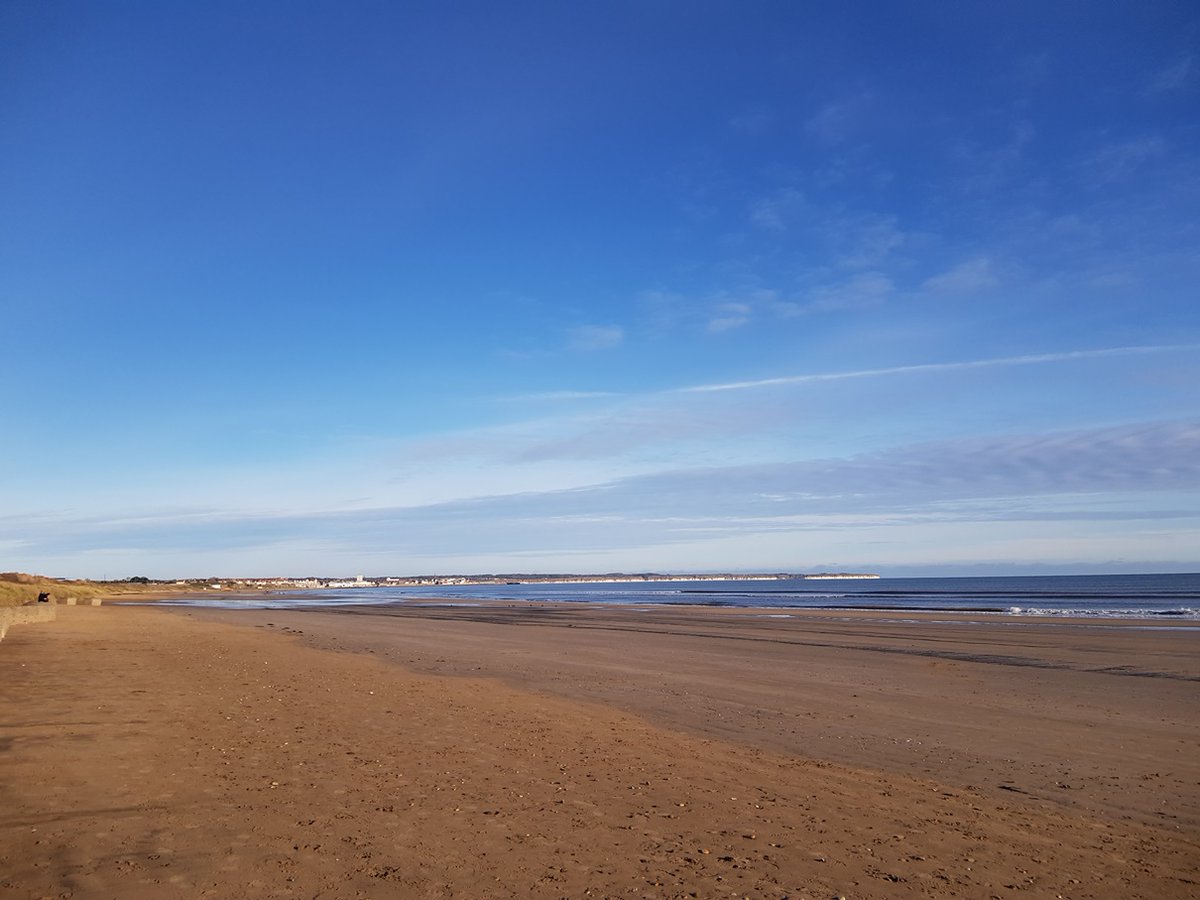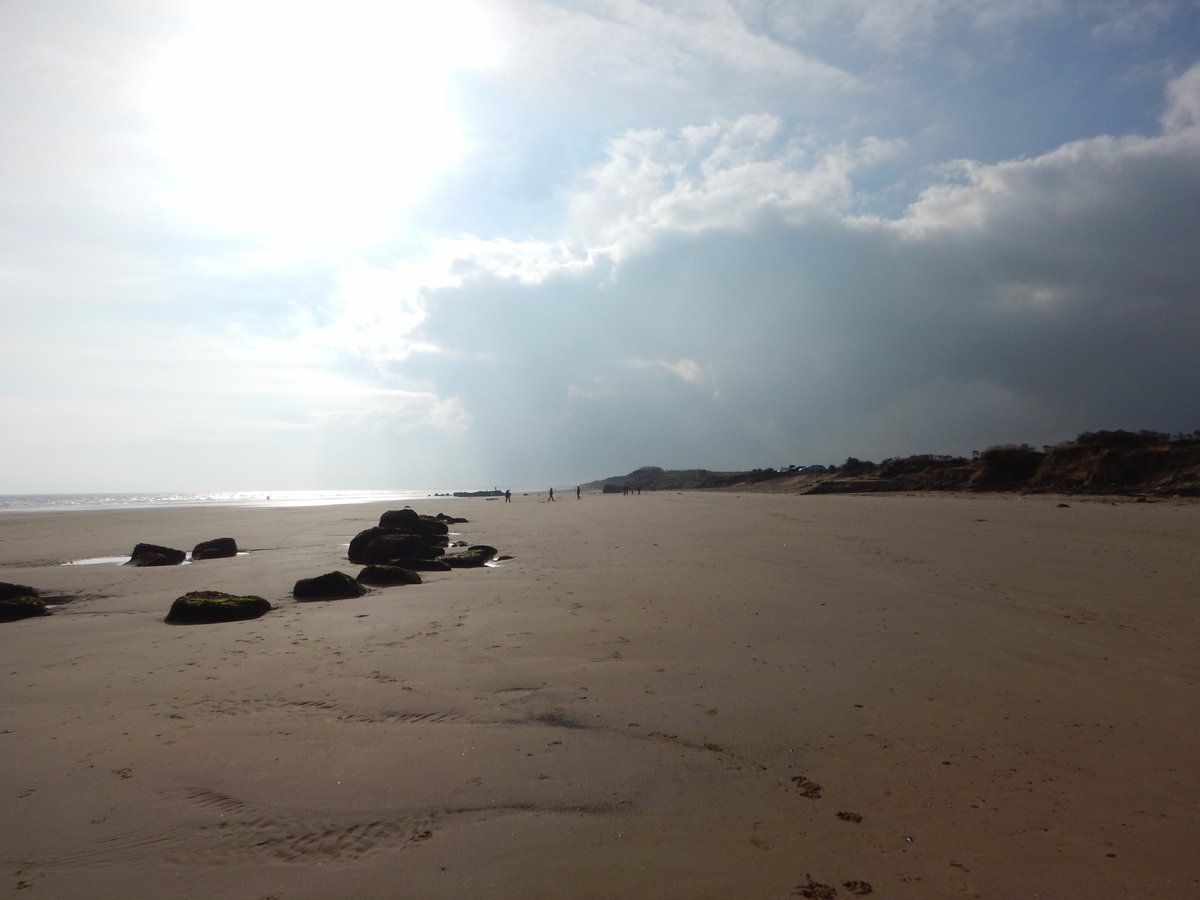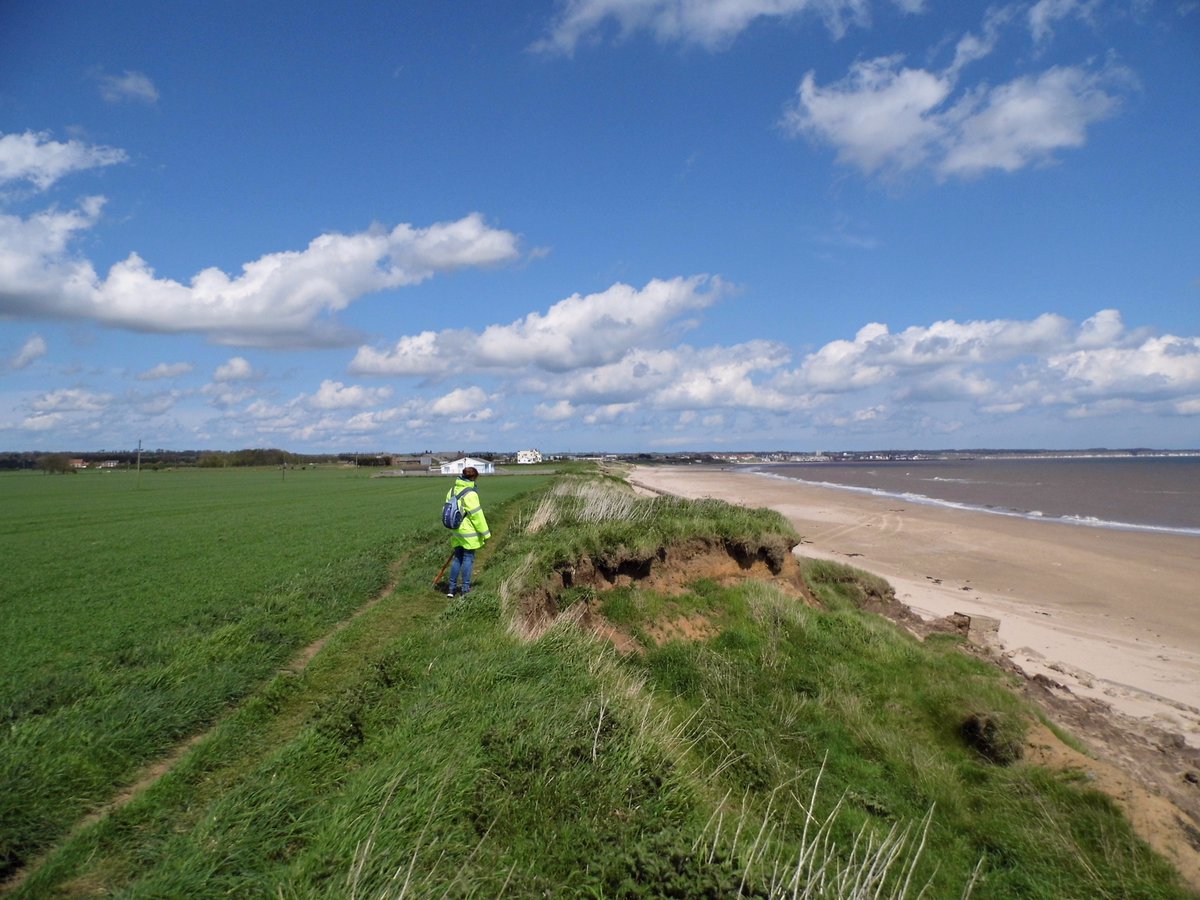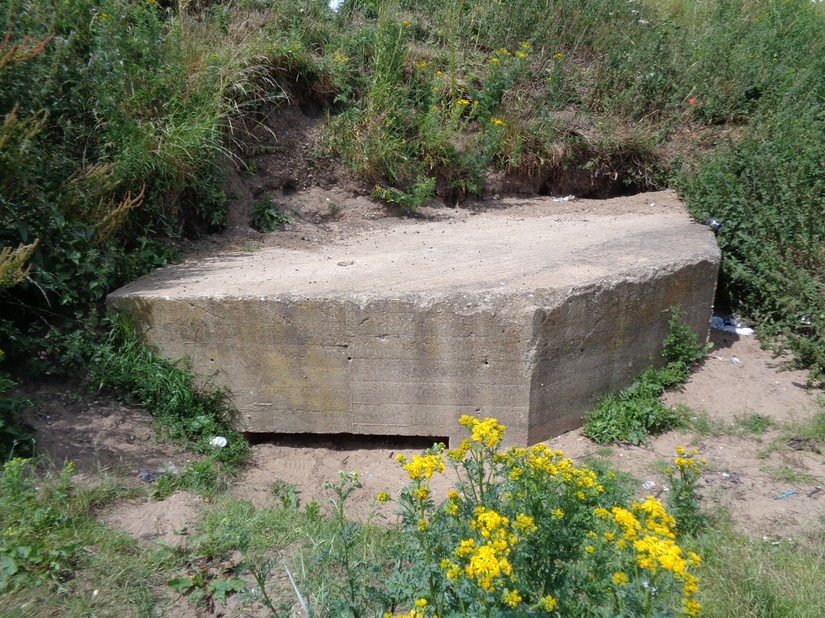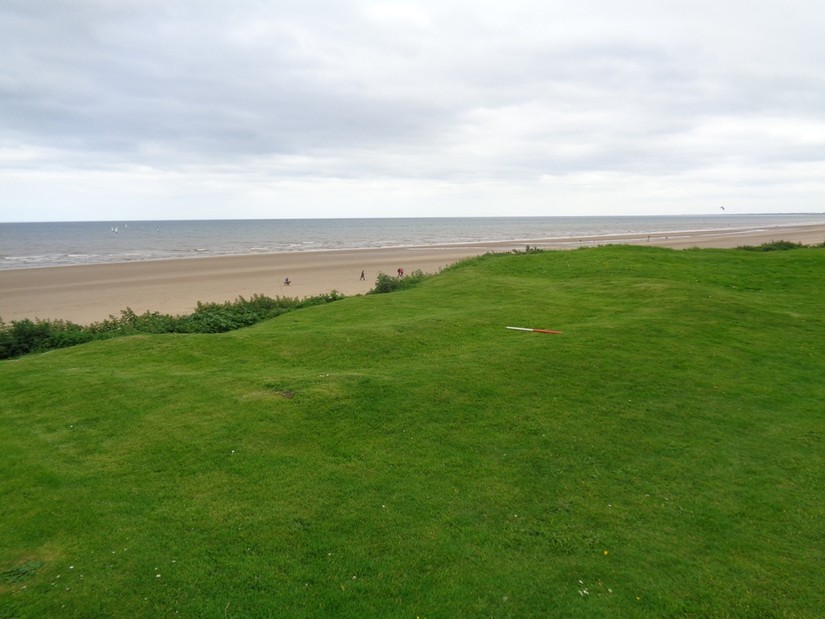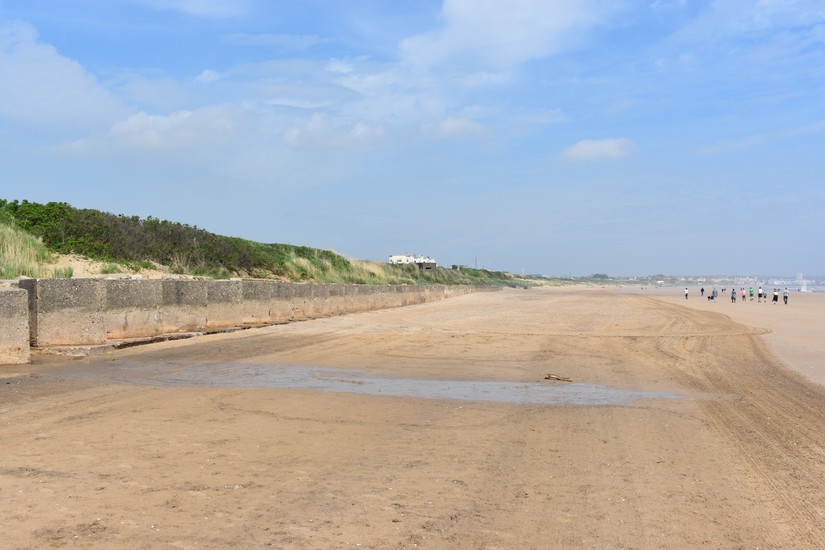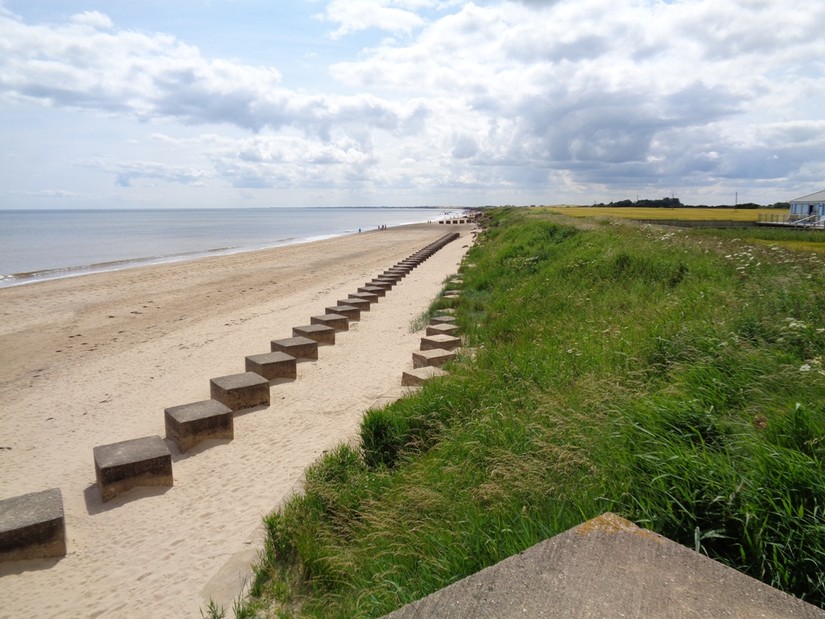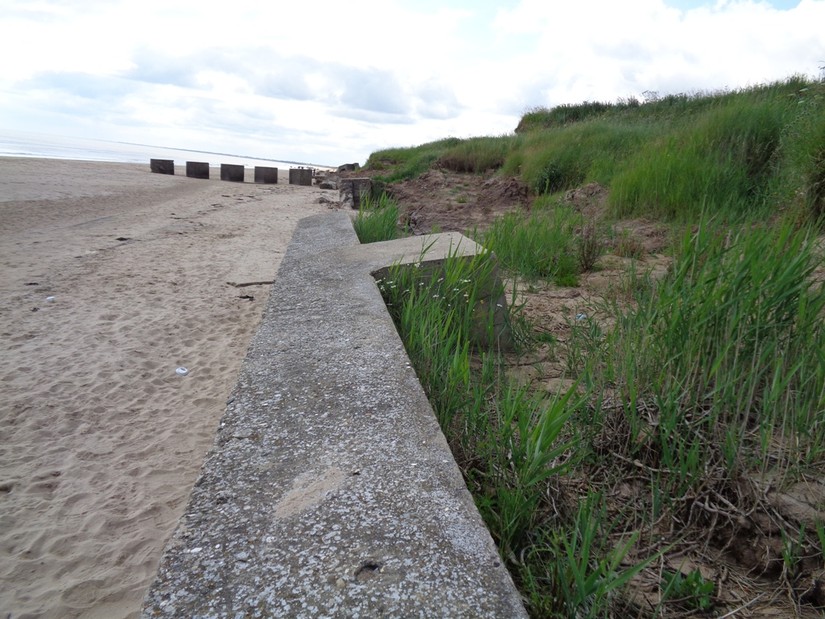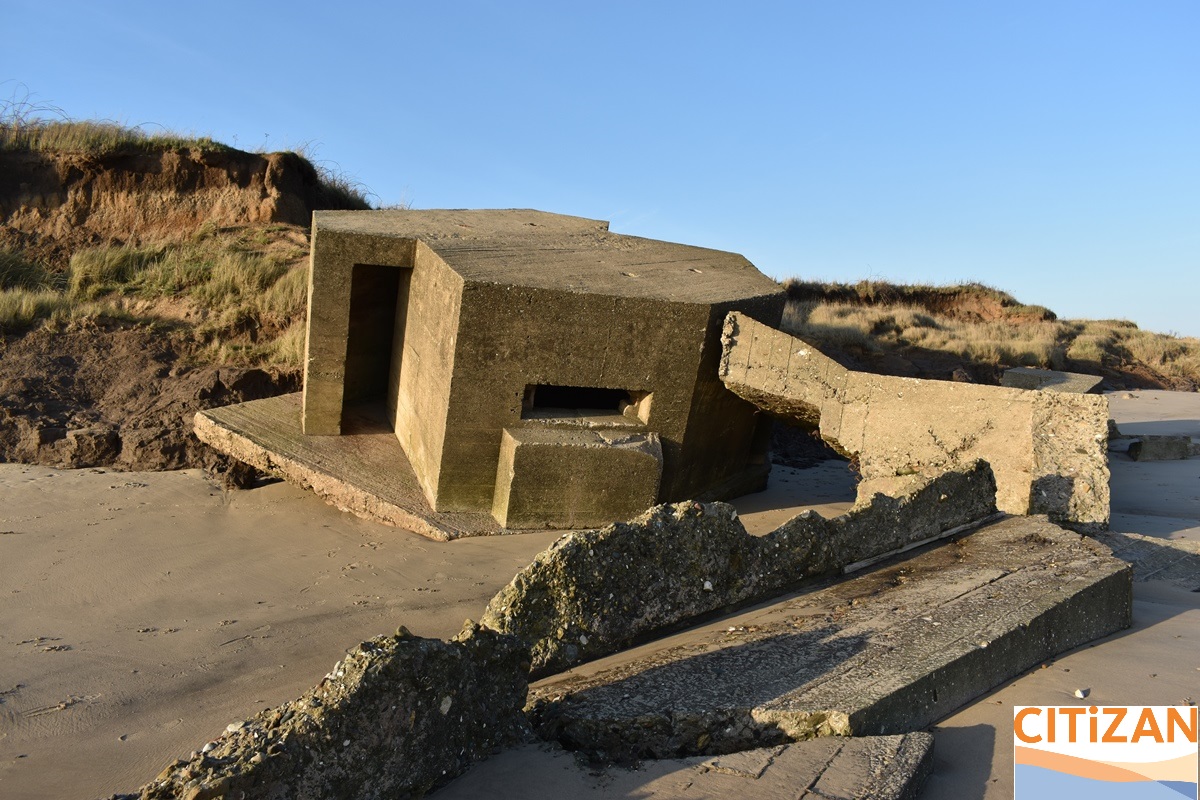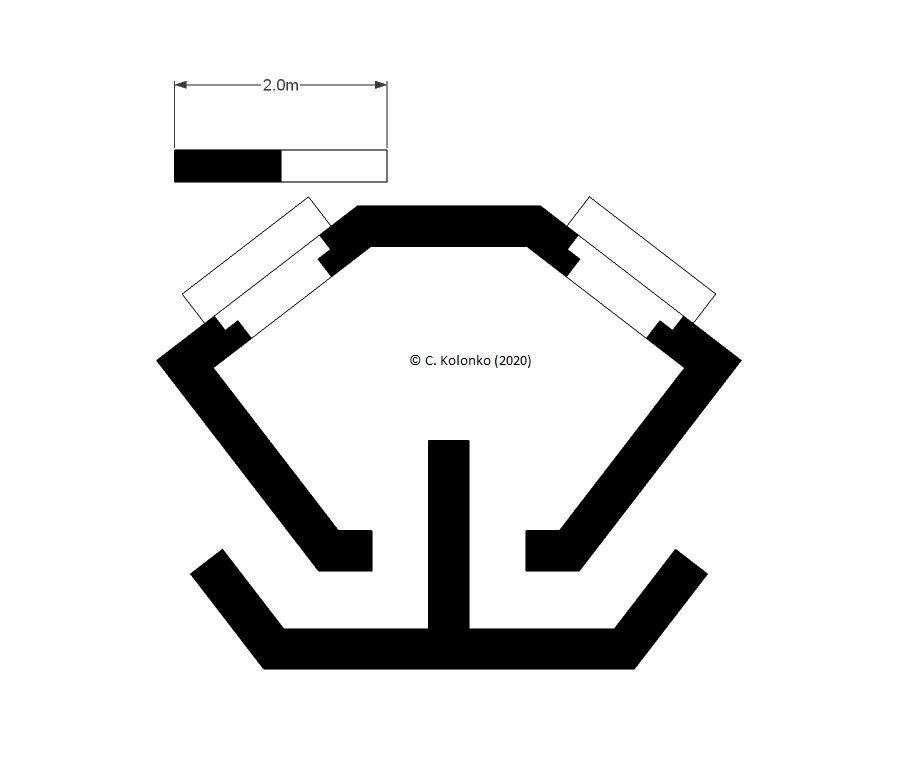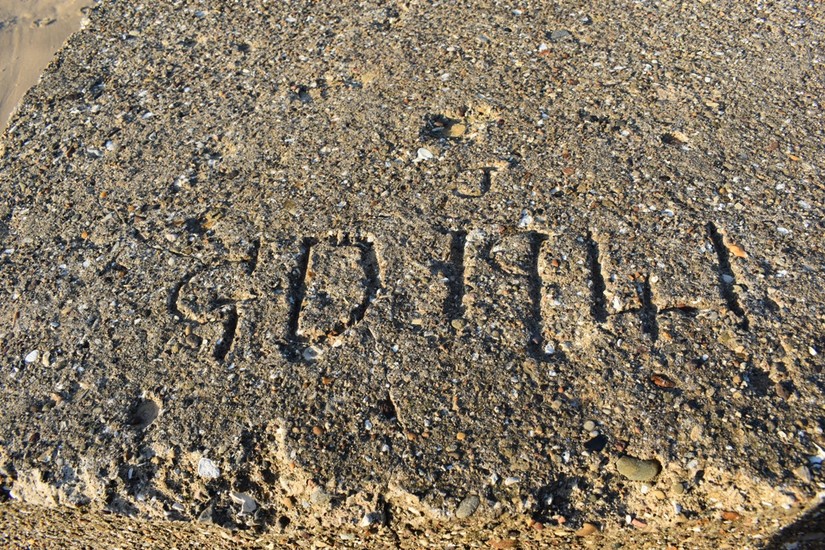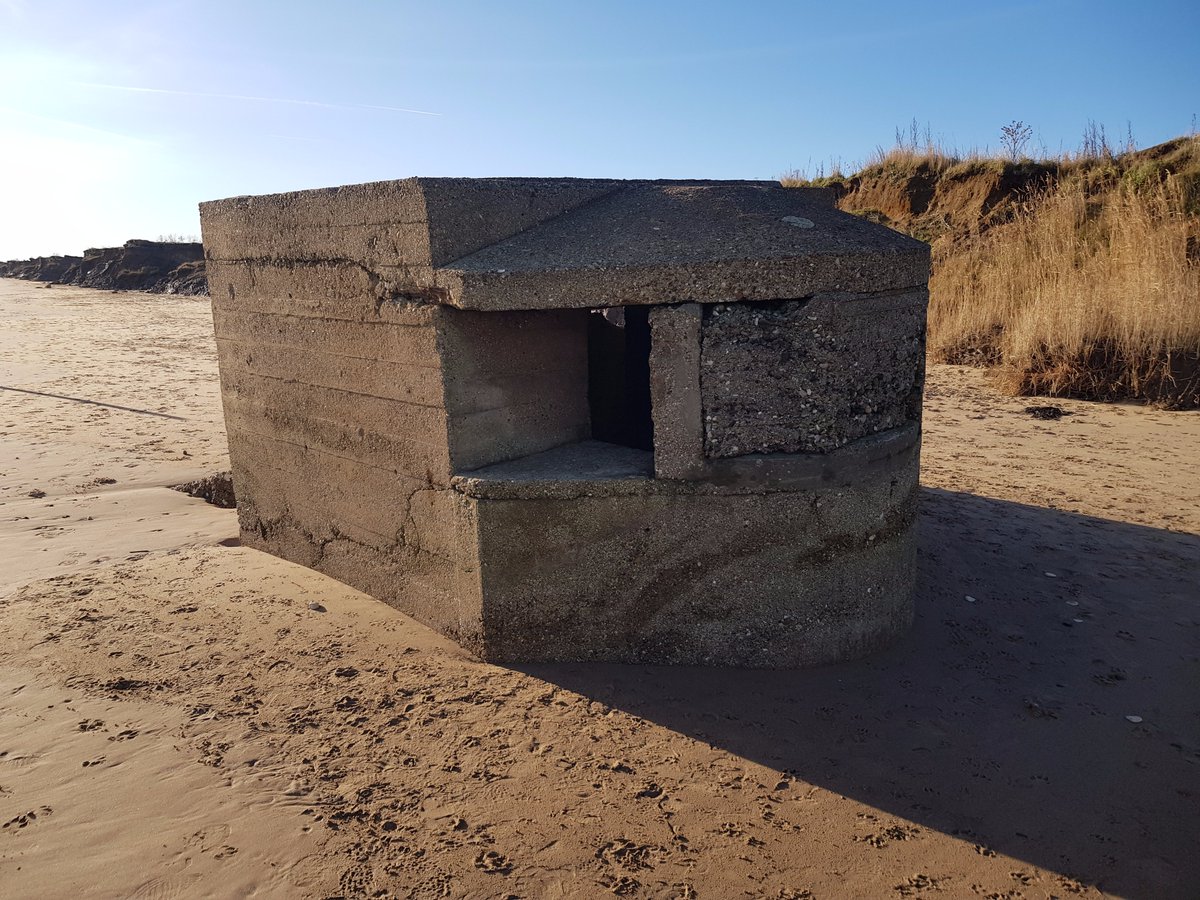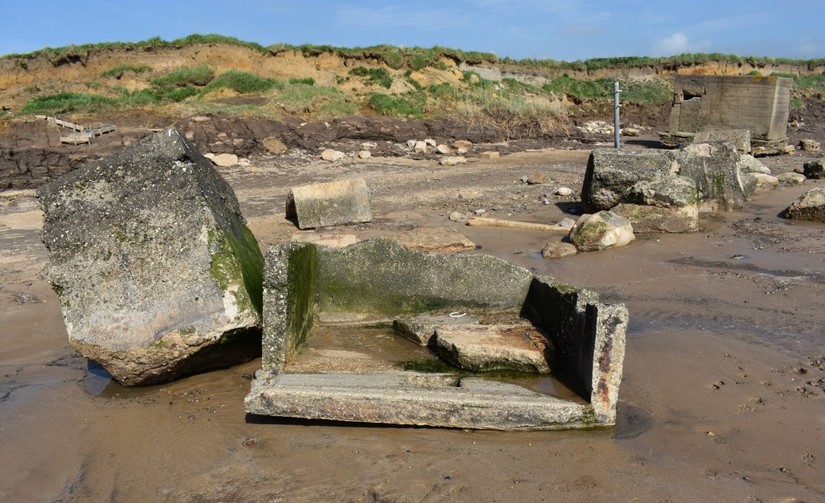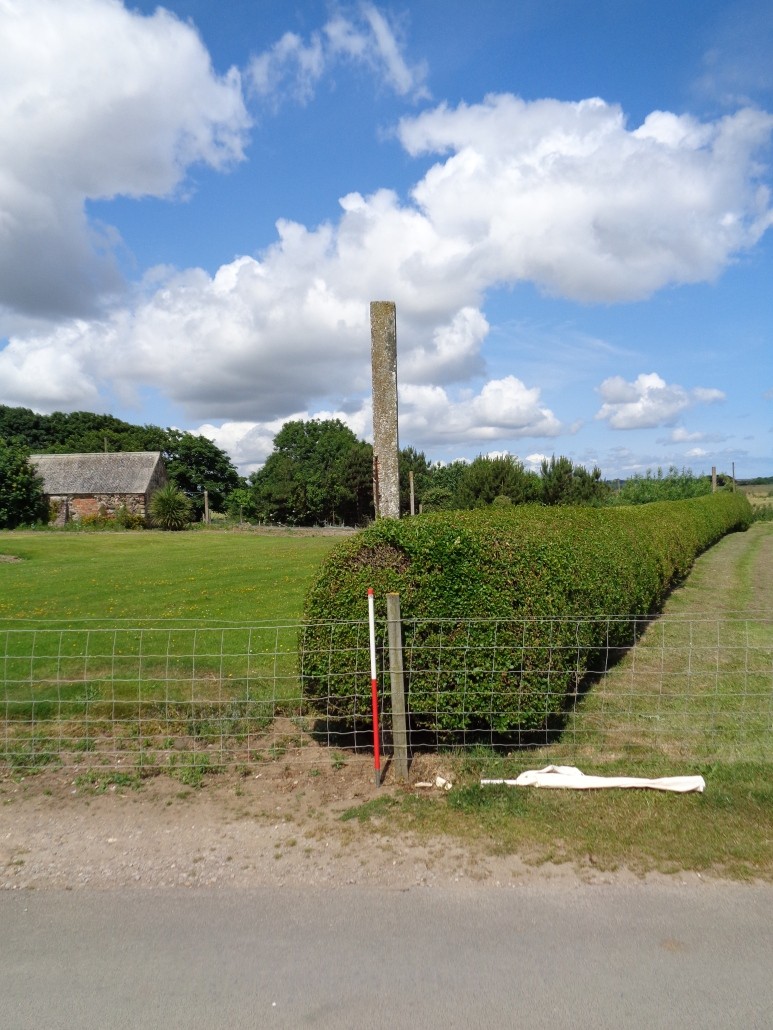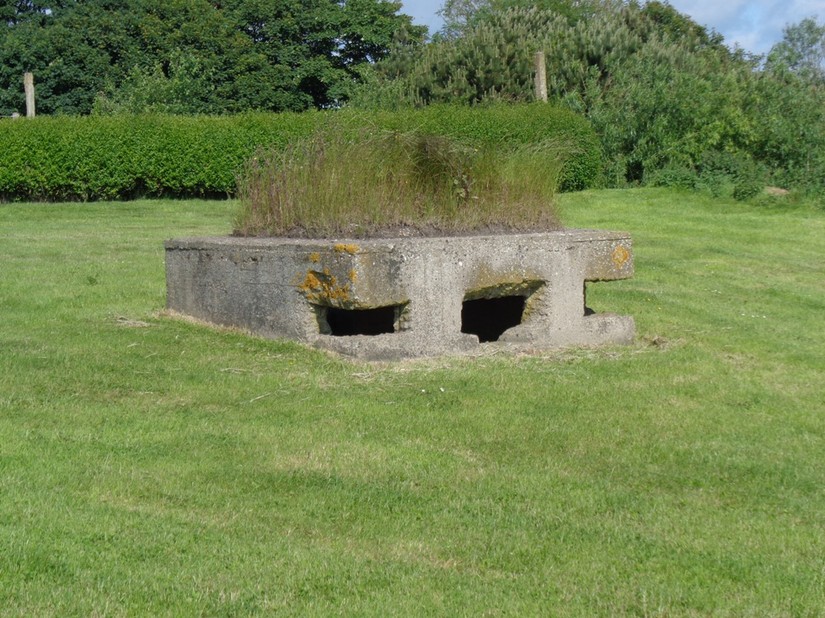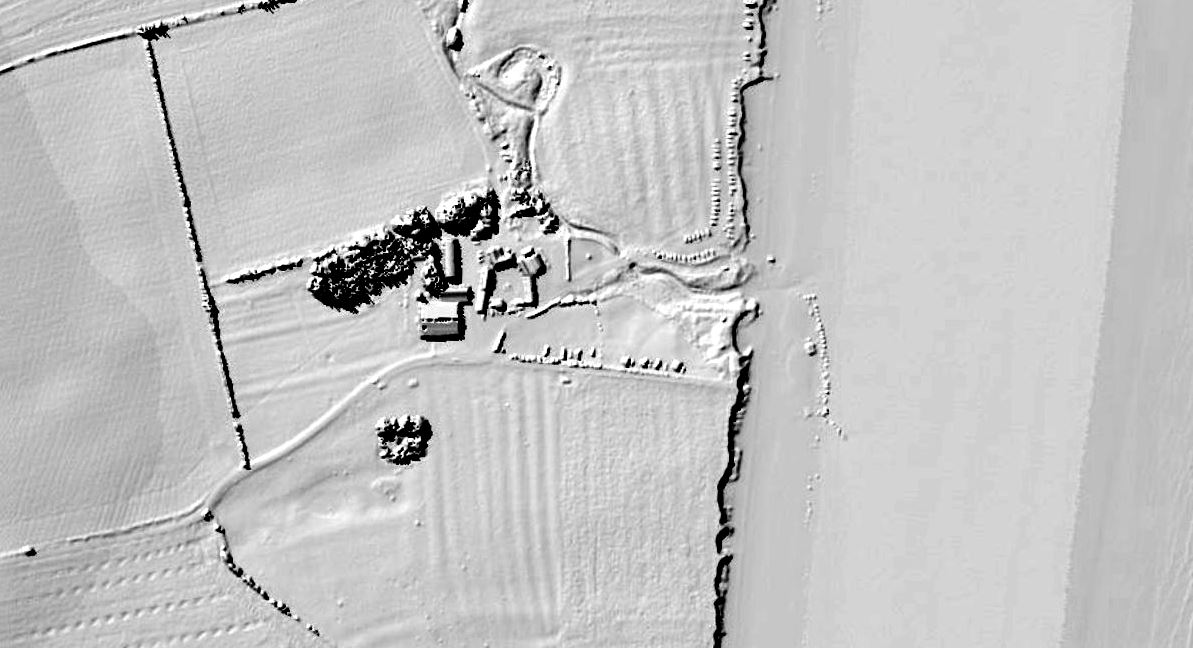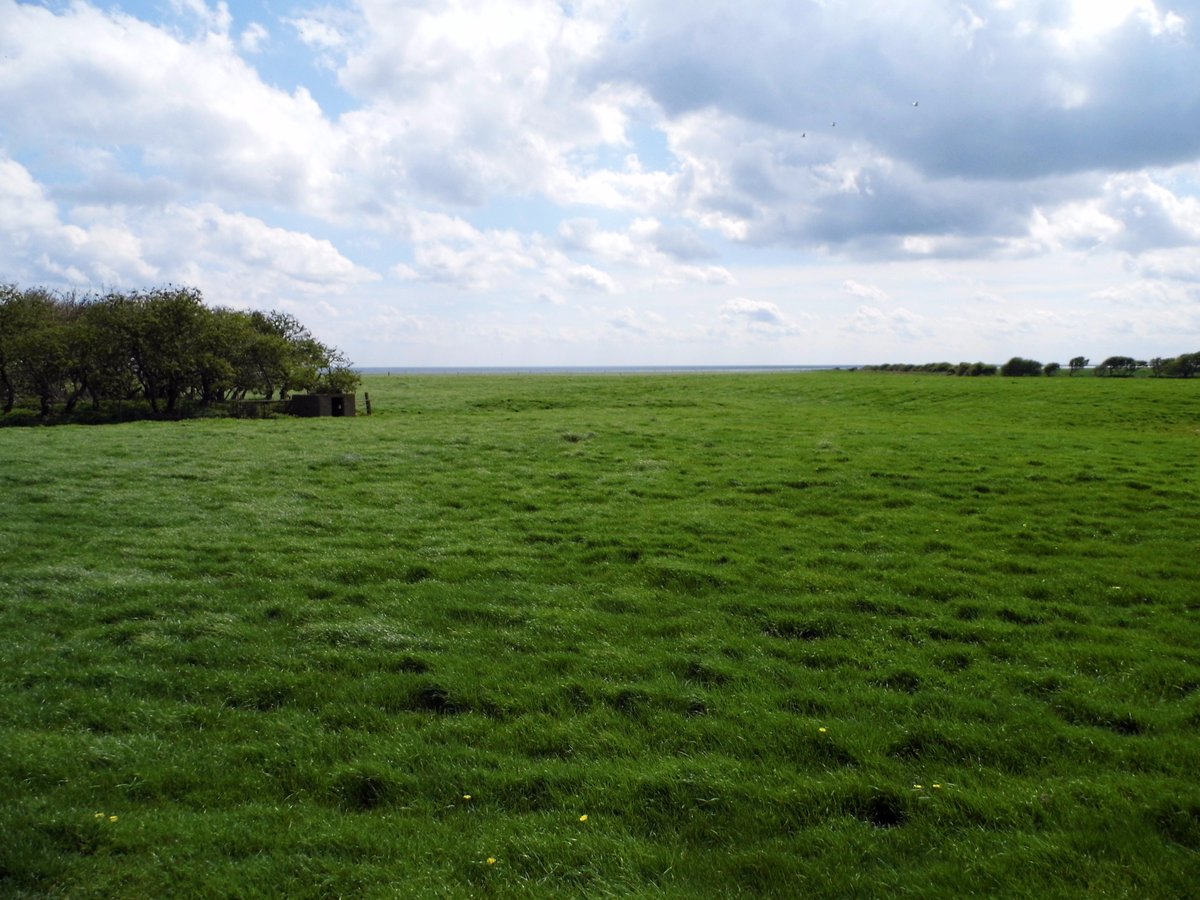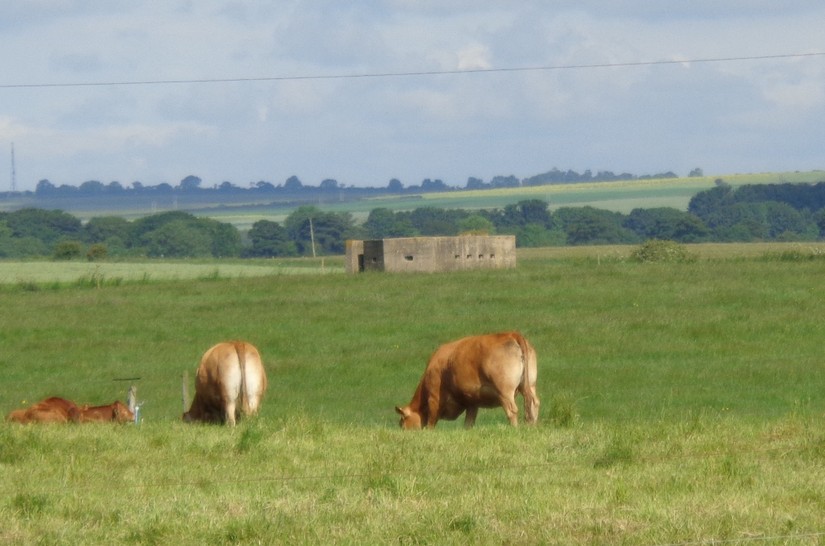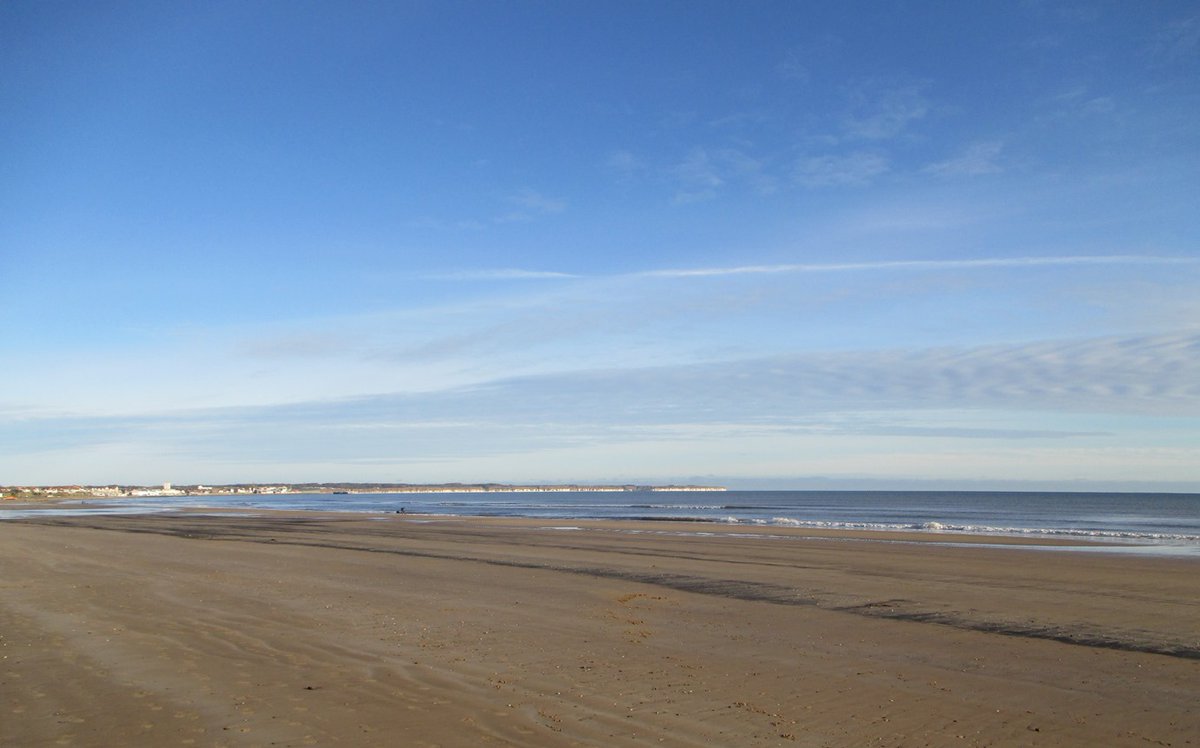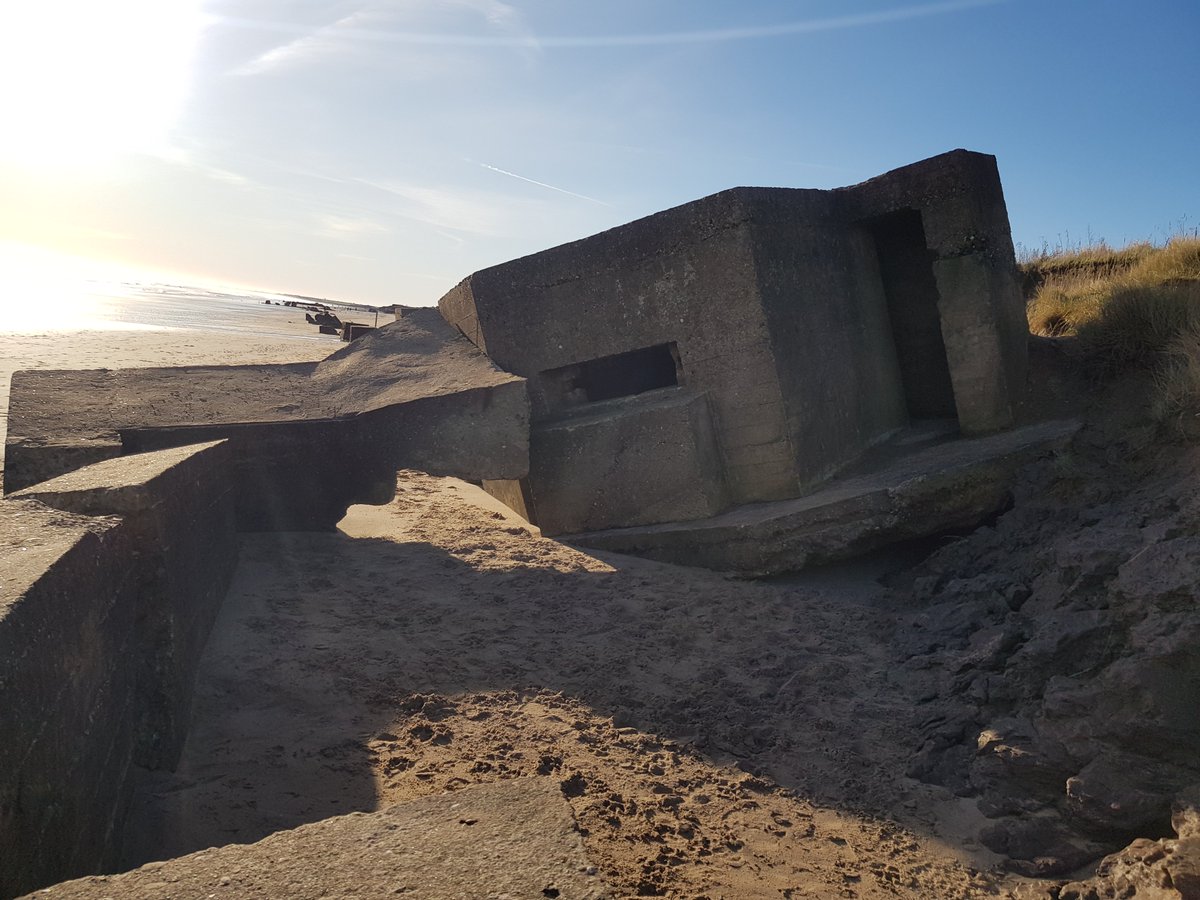Welcome to today’s virtual #LowTideTrail. We’ll be taking a look at wartime defences on the Holderness coast at Auburn Sands, #Bridlington.
We hope you will enjoy #archaeology from home during the COVID crisis. #HumberDiscovery #WW2 #WW1
We hope you will enjoy #archaeology from home during the COVID crisis. #HumberDiscovery #WW2 #WW1
The #Holderness coast features a wide expanse of beach, backed by low boulder clay cliffs. The east coast was deemed vulnerable to invasion during #WW2 after the fall of Norway in April 1940. Construction of concentrated defences on this stretch of coast started in June 1940
Walking south from Bridlington, you’d be hard pressed to see any wartime defences. However, by keeping a keen eye it is possible to see some examples. These include a buried machine gun pillbox and a well preserved trench. These were identified and recorded during our fieldwork
Heading further south, we come across some complete defences. Here we have lines of anti-tank cubes covered by a machine gun pillbox. This combination was very common on the Yorkshire coast. 6 pillboxes covered this section of beach, with AT defences above the high watermark
These machine gun pillboxes are unique to the Yorkshire coast, with examples found between Spurn Point and Scarborough. This pillbox was designed to house a pair of Vickers medium machine guns.
You can find out more in this blog- https://citizan.org.uk/blog/2020/May/29/what-can-we-learn-pillboxes/">https://citizan.org.uk/blog/2020...
You can find out more in this blog- https://citizan.org.uk/blog/2020/May/29/what-can-we-learn-pillboxes/">https://citizan.org.uk/blog/2020...
The documentary record shows us that there were two phases of construction on this section of coast- one in 1940 and a second in 1941. This graffiti gives us a nice absolute date, showing us this row of anti-tank cubes were built during the second phase of construction
This strange looking structure isn’t technically a pillbox. This is a Beach Defence Light used to illuminate beaches at night if a force landed. They were soon seen as vulnerable to incoming fire and the searchlight embrasure was often modified to create a machine gun pillbox
Coastal erosion has taken its toll on many archaeological sites on this stretch of coast. This has also taken its toll on the wartime defences. This is why recording is important before they are lost, otherwise we will lose vital information about them
These concrete anti-landing posts were placed within fields to restrict the landing of aircraft (such as the Ju 52). These examples were identified during the Rapid Coastal Zone Assessment of the area and we have since identified further examples.
Although #WW2 pillboxes are well known, examples from #WW1 aren& #39;t. The east coast was heavily fortified during the #FirstWorldWar, with anti-invasion defences built as far north as Scotland. This pillbox is one of 5 WW1 pillboxes in the area that are Grade II listed by HE
It was reused and modified during the #SecondWorldWar with more embrasures cut into the corner of the structure and space made for different machine guns
There is a lot ridge and furrow that survives around Auburn farm. These earthworks are the remains of the field systems that supported the medieval village of Auburn. Auburn was abandoned due to coastal erosion, leaving just the farm we see today and a chapel (dismantled c1700)
From Auburn Farm we see a second line of #WW2 pillboxes. These pillboxes are different to those found on the beach. They sit on a slight ridge of high ground, covering the rear of the beach front defences and helping protect them from attack by airborne troops
Thank you for joining today’s virtual #LowTideTrail. We hope you’ve enjoyed today’s stroll south from Bridlington.
We& #39;d be grateful if you could take our quick survey:
https://surveymonkey.co.uk/r/GTYGTC9 ">https://surveymonkey.co.uk/r/GTYGTC9...
We& #39;d be grateful if you could take our quick survey:
https://surveymonkey.co.uk/r/GTYGTC9 ">https://surveymonkey.co.uk/r/GTYGTC9...
If you would like to learn more about the #WW1 & #WW2 defences at Auburn Sands, this blog interprets the defences and looks at what we can learn by looking at their landscape context https://www.citizan.org.uk/blog/2018/Dec/14/wartime-defences-auburn-sands/">https://www.citizan.org.uk/blog/2018...

 Read on Twitter
Read on Twitter